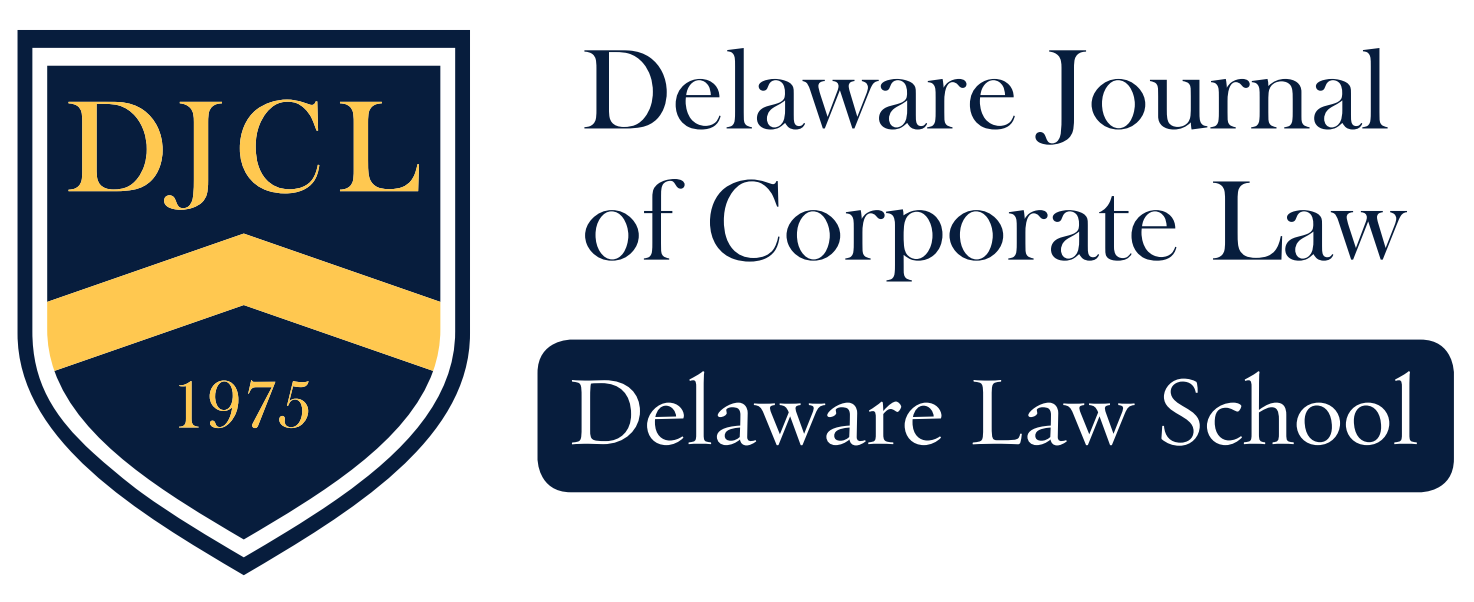Bring on ‘Da Noise: the SEC’s Proposals Concerning Professional Conduct for Attorneys under Sarbanes-Oxley
Marilyn Blumberg Cane and Sarah Smith Kelleher
In the wake of Enron’s and numerous other corporate scandals, Congress enacted the Sarbanes-Oxley Act, which empowered the Securities and Exchange Commission (the Commission) to establish rules of professional conduct for attorneys who appear before it. In November 2002, the Commission released a proposal where attorneys would be required to report perceived violations of corporate governance and Commission rules “up-the-ladder.” Additionally, if the company failed to make an appropriate response, the attorney would be required to make a “noisy withdrawal.” After an onslaught of comments against the proposal, the Commission issued an alternative proposal for comment.
Under the alternative rule, the issuer, rather than the attorney, would be responsible for notifying the Commission of an attorney’s withdrawal. The alternative rule has sparked afair amount of controversy. Many support the rule as consistent with the Commission’s duty under Section 307 of the Sarbanes-Oxley Act and necessary to effectuate “up-theladder” reporting. Others oppose the alternative rule because they believe the rule is in conflict with attorney-client privilege rules.
The alternative rule will aid in the restoration of market integrity by granting corporate attorneys the ability to call public attention to violations of securities laws without destroying the attorney-client privilege. Because the reason for adopting rules concerning professional conduct of attorney is ultimately to protect the investing public, placing the burden of disclosure on the issuer, rather than the attorney, will result in sufficient disclosure to put the public on notice of serious problems. As a result, corporate executives and accountants will be less likely to enter into fraudulent transactions on behalf of the issuer.
